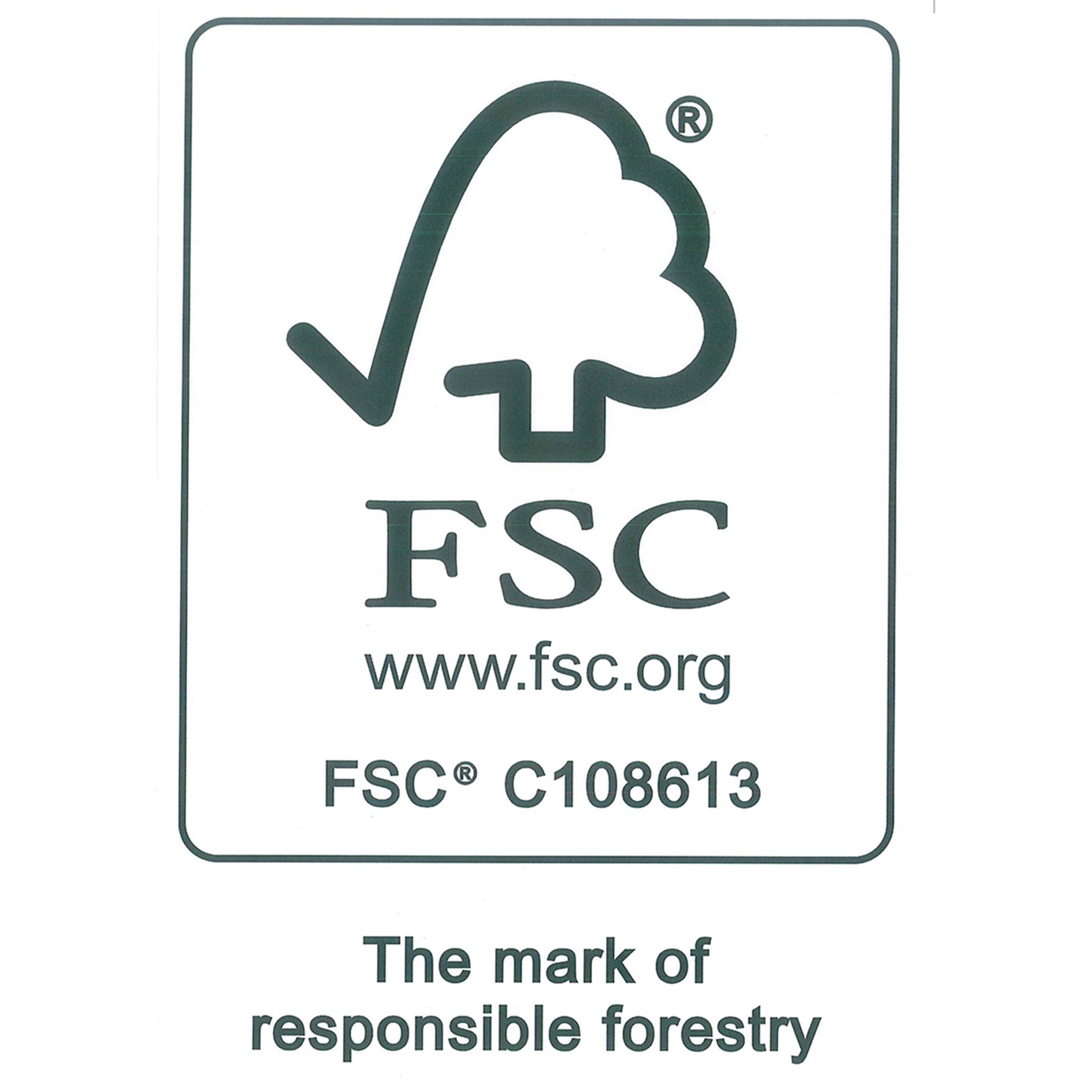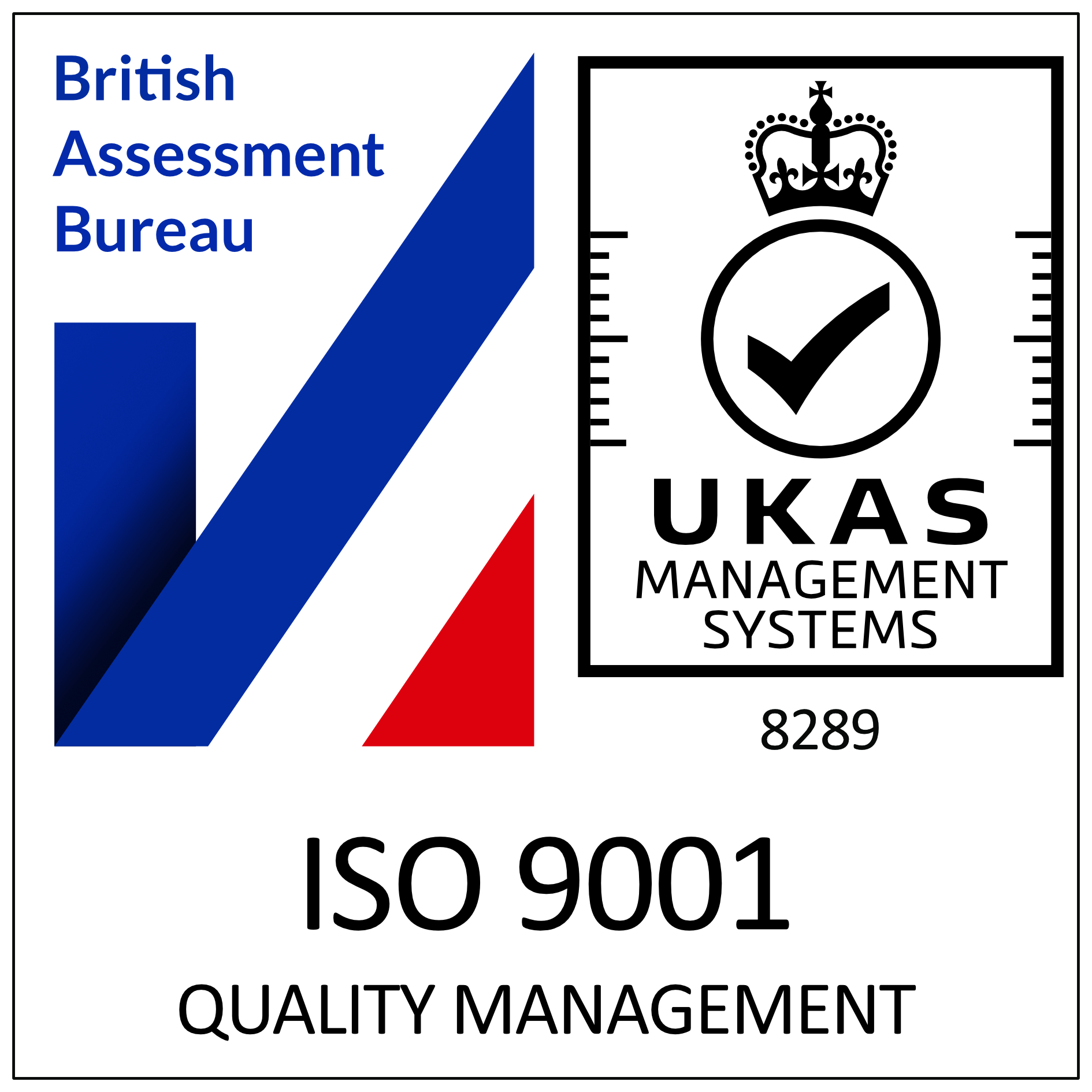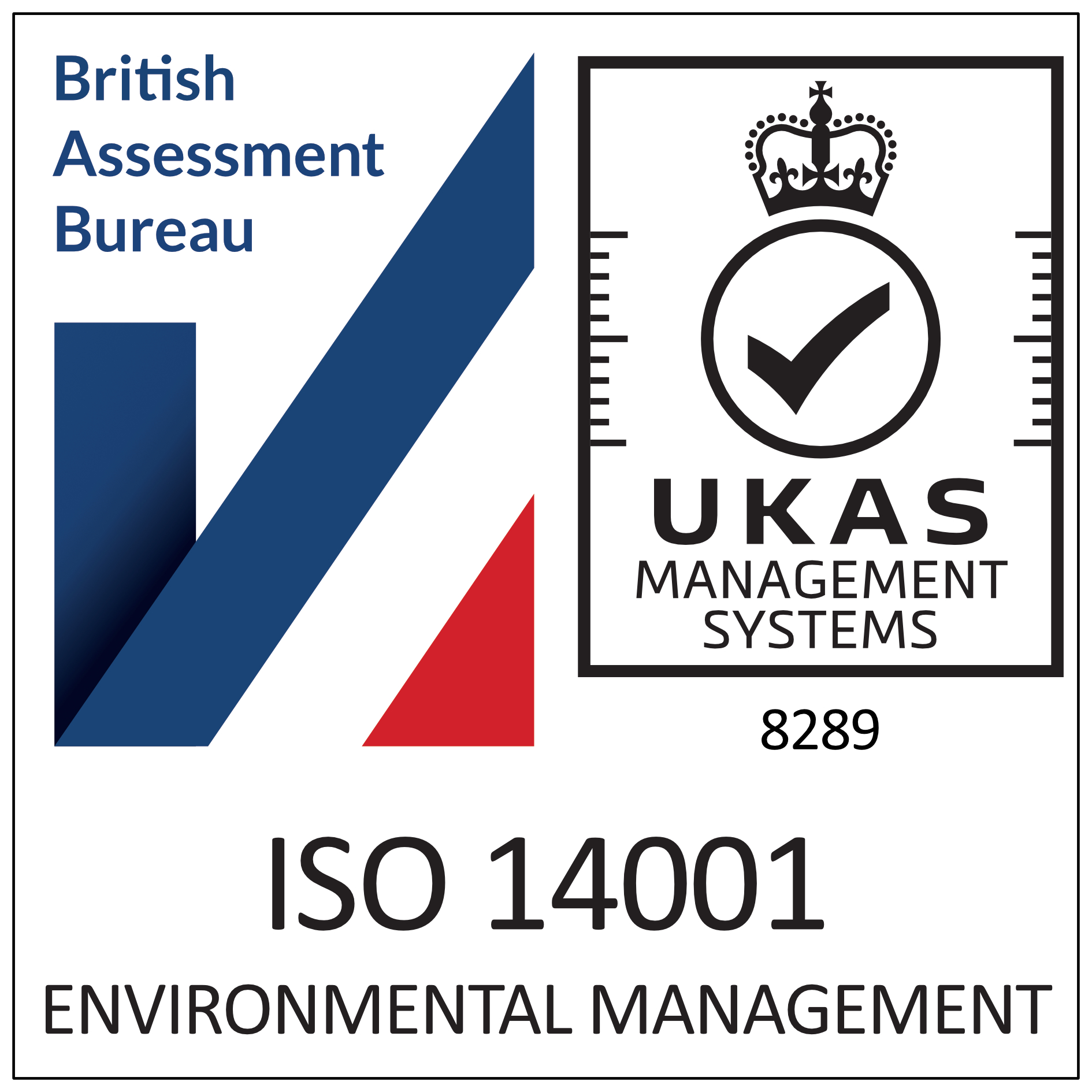Which Areas Of A School Need Fire Doors
One of the main responsibilities in our schools is the health and safety of all the pupils and staff working within these buildings, of which fire safety in schools is a major consideration. There are very clear guidelines to govern this safety issue and full fire risk assessments and codes of practice with which all schools must adhere. The guidance for school fire safety dictates that specialised school fire doors be installed in the following areas:
Identified Escape Routes
Any identified route to be used in the event of a fire emergency, established, and recorded during the mandatory fire risk assessment, should be protected by appropriate fire doors. The majority of school fire doors are FD30 rated (meaning they will resist the elements of fire and contain the flames for a minimum of 30 minutes). There are, however, both single and double fire doors of a higher rating available, allowing a longer period of fire containment for a school to be safely evacuated when required.
Protect staircase areas
Any staircases within the buildings must be accessed through relevant fire safe doors. This is to stop any heat, flame, or smoke from spreading to any floors other than where the initial fire outbreak has occurred.
Long corridors are high risk
School fire doors should be installed in long corridors within the school buildings to break up the extended spaces to help restrict all fire elements in the instance of a fire outbreak. Any corridor distance of 30 metres or over should be separated by smoke-stopping fire doors. The width of the school fire doors in these long spaces should also be considered. They tend to be wide passages to accommodate the high numbers of regular footfall, so double fire doors are usually the recommended option.
Rooms of higher fire risk
There are rooms used for certain ‘higher-risk’ functions within a school environment. Science and technology laboratories, boiler rooms, kitchens, and canteens for example, where the higher-rated fire doors, such as FD60 and above, are recommended.
School fire door maintenance
All elements of a school building are subject due to rigorous use and heavy ‘traffic’ on a regular basis, so general wear and tear is an important factor. This should be considered when choosing fire door types. They should have strong cores, appropriate hinges and be fitted with the relevant door furniture. Finger safe doors (doors fitted with approved finger guard protectors) are recommended within schools to avoid children accidentally trapping and injuring hands. And all fire doors should have ‘hold open’ devices fitted in the busy traffic areas. Laminated door finishes are preferable to veneer, as they are more resistant and will better withstand the heavy usage.
This regular heavy use, necessitates school doors to be checked for damage and increased wear regularly, ensuring there are no gaps between door and frame, or damaged seals or hinges. On discovery of any faults, or reduced efficiency, these fire doors should be repaired or replaced immediately.
The government guidance for all fire safety design for schools was revised and reissued in May 2021 and should be consulted when assessing fire safety within any school environment.
The document covers guidelines for the areas and rooms mentioned previously, as well as cloakrooms, storage areas and any temporary buildings being utilised within a school.
Enfield Doors
If you would like to find out more about fire doors for schools or fire door safety in the UK, we can help. Our team of experts is always on hand to guide you and give you sound and pragmatic advice based on years of experience and successful installations.
If you would like further information on our company, please contact us and we will respond as quickly as possible. We look forward to helping you.








